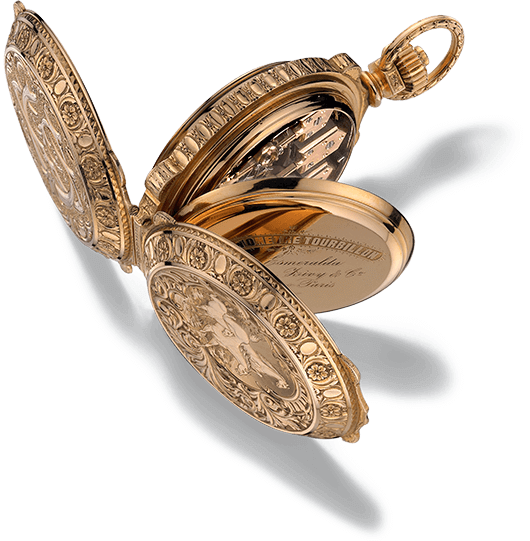Focal & Naim celebrate 10 years together!
FOCAL & NAIM CELEBRATE 10 YEARS TOGETHER!
United under the umbrella of the VerVent Audio Group since 2011, Focal and Naim are celebrating 10 years together. To commemorate their “tin anniversary”, the brands are releasing a “vintage”, limited edition, high-fidelity system.

To celebrate their “tin” anniversary, Focal and Naim have developed a “vintage” high-fidelity system: Focal Naim 10th Anniversary Edition.
AN EXCEPTIONAL SYSTEM
Popular for its compact yet high-performance design, the Sopra N°2 loudspeaker was chosen to don a unique finish, with concrete on the side panels and “tin” colour on the front, inspired by the finest architecture. These sculpted finishes, giving a metallic effect previously unseen in the audio sector, embody all the artisanal and industrial know-how Focal has accumulated over more than 40 years.
A range of Naim Audio electronics powers the loudspeakers: the NDX 2 music streaming device, combined with the NAC 282 and NAP 250 DR pre-amplifiers, all complemented by HiCap DR and NAPSC power supplies. These high-end products are also finished with a “tin” colour for a perfect harmony. Finally, the system includes all the connectivity you’ll need, including a pair of Super Lumina cables.














